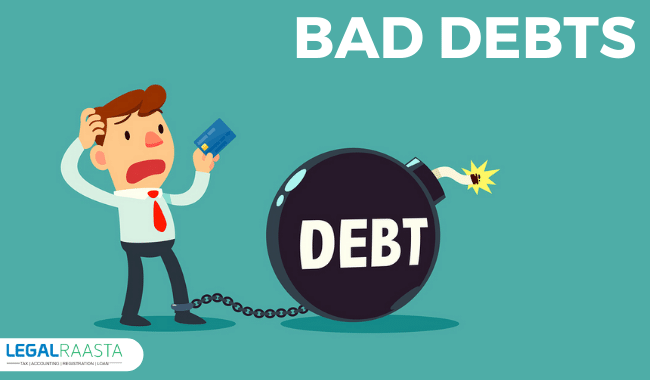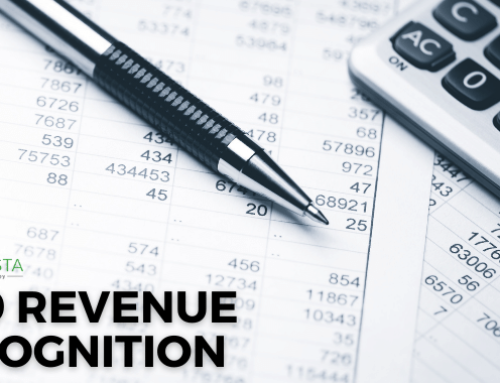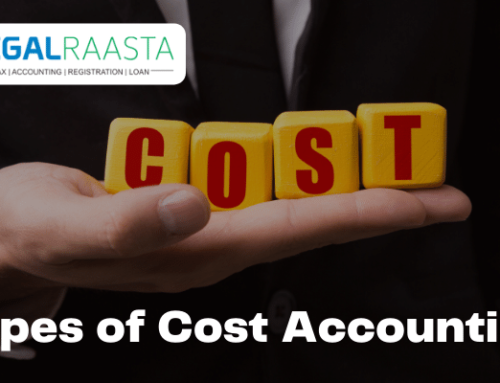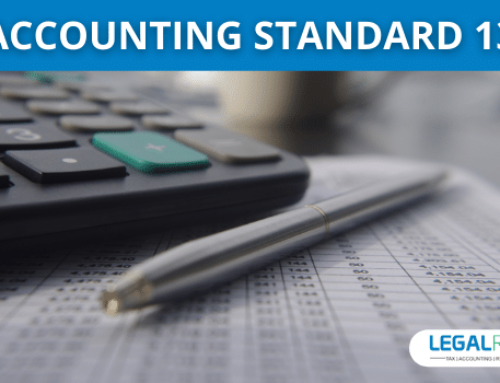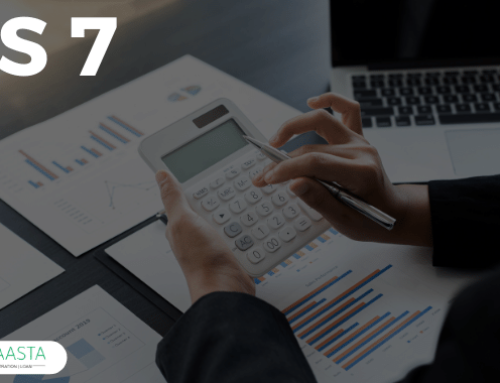Bad debt is one that cannot be collected and is therefore worthless to the creditor. It is usually the result of a bankruptcy filing by a debtor. Bad debts can also emerge when the expense of collecting exceeds the amount owed. As soon as the loan becomes bad, the company should be able to deduct it as an expense on its tax return.
Bad Debts
Contents
If a debt relating to a company or profession has become irrecoverable in the preceding fiscal year, a deduction is allowed. A deduction may be granted if the loans lent by banking or money lending organizations are unable to recover the obligations in full or in part. The deduction is based on the existence of unrecoverable debts that are entirely within the law or through the courts. Before any exemption for bad debts is granted, the conditions outlined in the Income Tax Act of 1961 under section 36(2) must be met. The following are the requirements:
- The debt or loan should be for the assessee’s company or profession, and it should be for the accounting year in question. Any debt that does not relate to the assessee’s company or profession is not eligible for a deduction.
- Only those debts that were included in the computation of the Income Tax Return in the current period or any previous financial year are eligible for the deduction. Money lent in the usual course of business should be regarded in the case of a money lending firm.
- The bad debts deduction claimed against any debt or loan, or any part thereof, should have been bad in the accounting year.
- Only those debts written off from the books of accounts in the prior financial year in which the deduction is also claimed will be eligible for the deduction.
Discontinued Business Bad Debts
Bad debts from a discontinued business that is already closed before the accounting year begins cannot be deducted from the assessee’s profit from the assessee’s continuing business. If bad debts have previously been written off in the books of accounts, they are not recognized as a deduction by A.O on the grounds that the debt still has a chance of recovery, as per section 36(2)(iii). Any such obligation, or portion of a debt, shall be deducted in the year in which it becomes irrecoverable.
Recovering Bad Debts
If a debt was written off as bad in a previous year and the relevant deduction was claimed, but the debt was later recovered in full or in part, the amount recovered will be included in the income of the financial year in which the amount was recovered. If the assessee has written off a portion of the debt in a prior year and the Assessing Officer has approved the deduction, and money is collected from the debtors in the future, the amount recovered will be treated as a normal realization of debts. If the amount recovered falls short of expectations, the remaining balance will be classified as bad debts. If the amount received exceeds the amount recoverable, the excess amount will be recognized as income in the financial year in which it was received.
Provision for Doubtful and Bad Debts
Only banks and financial institutions are authorized to deduct provisions for bad and doubtful debts under section 36(1)(viia) of the Income Tax Act of 1961. No other assessee is permitted to claim the bad debt provision deduction.
Banks and financial institutions are entitled to deduct up to the following amounts:
| Bank type | Allowed deduction | Explanation |
| Indian Bank | 10% of average aggregate advances issued by rural branches + 7.5 percent of adjusted total income | Any bank that is not a foreign bank and is incorporated in India is referred to as an Indian bank.
Total Adjusted Income – Gross total income before deduction under section 36(1) (viia).
|
| Foreign Bank | 5 percent of total income (adjusted) |
Total Adjusted Income – Gross total income before deduction under section 36(1) (viia). |
| State Financial Corporation, Public Financial Institution | 5 percent of total income (adjusted) |
Total Adjusted Income – Gross total income before deduction under section 36(1) (viia). |
Accounting Standard’s Treatment
An assessee must account for provisions that arise in the usual course of business under Accounting Standard 29 “Provisions, Contingent Liabilities, and Assets.” Because the provisions are sometimes prohibited by the Internal Revenue Service, there is a temporal discrepancy between the books of accounts and the books required by the I.T. Act.
As a result, an assessee must also construct Deferred Tax Assets/Liabilities. An assessee must only have a deferred tax asset/liability if the time difference of the transaction is only temporary and can be reversed in the future.
Related Posts

